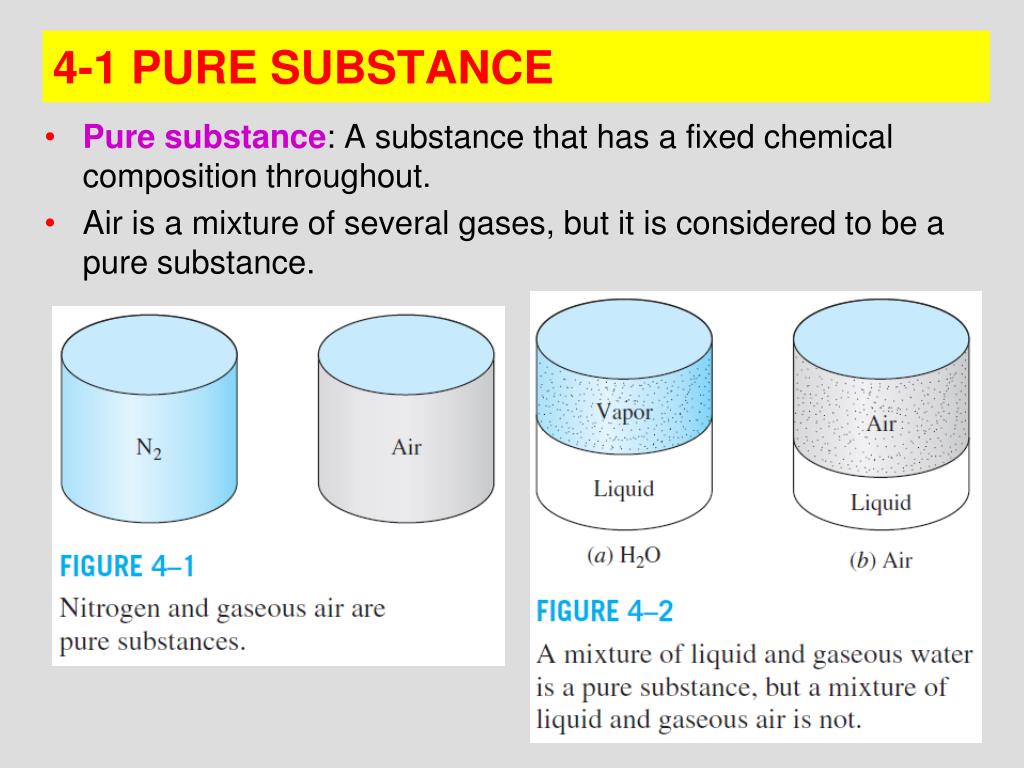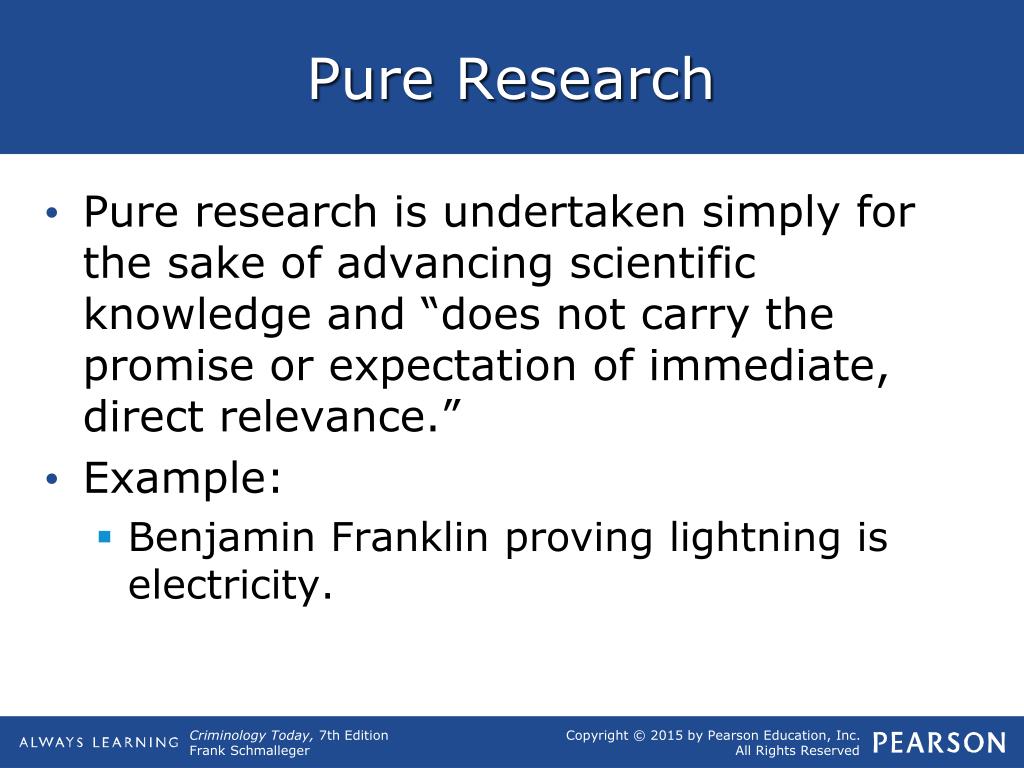

Our motives must be correct before we begin the practice of discipleship. Gilbert continues: "As for the second sense of purity, Jesus blesses the eye that is set on one thing, the will that determines to serve one master ( Matthew 6:22–24)."
#Pure meaning full#
They look righteous on the outside but are full of hypocrisy and lawlessness ( Matthew 6:1–18).

We should pray in public but should be more intent on praying in private ( Matthew 6:5–6)." Jesus accuses the scribes and Pharisees for their merely external religion: “You tithe mint and dill and cumin, and have neglected the weightier matters of the law: justice and mercy and faithfulness” ( Matthew 23:23). For example, we must shun adultery in thoughts and deeds ( Matthew 5:27–30). As for the first, Jesus expects our internal purity to match our external purity. Joel Gilbert writes that: "In Matthew’s Gospel, Jesus promotes purity in both senses. The pure show kindness to children who cannot thank us, to strangers whom we will never see again. The pure, on this view, are those who show mercy because they love mercy, not to gain a reward. Second, purity can mean simplicity and freedom from double-mindedness.

… He will receive blessing from the Lord and righteousness from the God of his salvation” ( Ps. “Who shall ascend the hill of the Lord? … He who has clean hands and a pure heart. Samuel said, “To obey is better than sacrifice” ( 1 Sam. Moses called on Israel to circumcise their hearts, not simply their flesh ( Deut. Old Testament prophets contrasted ritual observance of the law (especially laws of sacrifice and circumcision) with covenant obedience that flowed from love and sincerity of heart. First, it is that inner moral holiness that is the opposite of external piety. Writing pure functions in Scala is one of the simpler parts about functional programming: You just write pure functions using Scala’s method syntax.Purity of heart has two distinct but related senses in Scripture. But in the end, FP applications have a core of pure functions combined with other functions to interact with the outside world. For instance, you’ll hear about things like the IO Monad for dealing with user input, files, networks, and databases. There are ways to make impure interactions with the outside world feel a little more pure. If you like food analogies, this is like putting a layer of impure icing on top of a pure cake. Write the core of your application using pure functions, and then write an impure “wrapper” around that core to interact with the outside world. Of course an application isn’t very useful if it can’t read or write to the outside world, so people make this recommendation:

Many methods on the Scala collections classes also work as pure functions, including drop, filter, and map. These Scala String methods are also pure functions: Given that definition of pure functions, as you might imagine, methods like these in the scala.math._ package are pure functions: For example, you can call a double function an infinite number of times with the input value 2, and you’ll always get the result 4.
#Pure meaning code#
Info: JavaScript is currently disabled, code tabs will still work,Ī first feature Scala offers to help you write functional code is the ability to write pure functions.


 0 kommentar(er)
0 kommentar(er)
